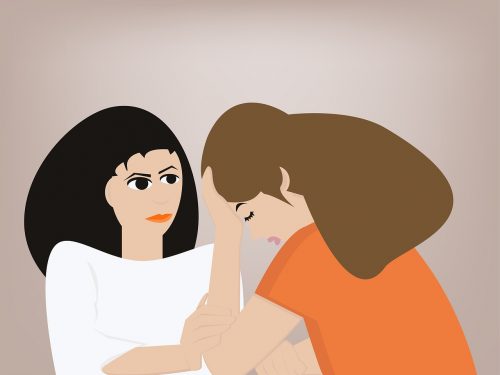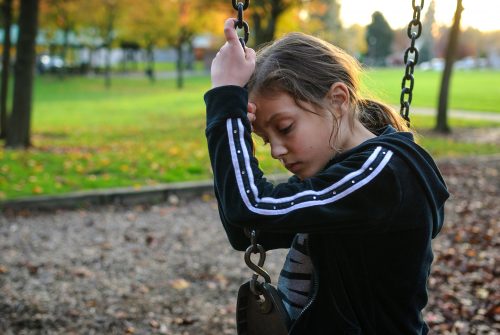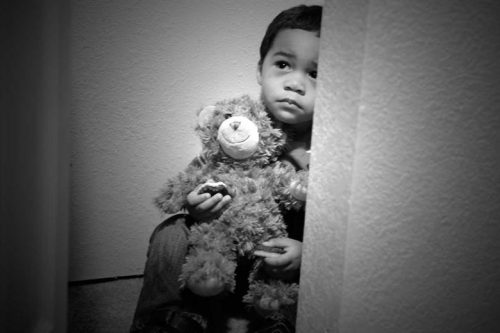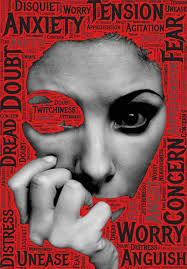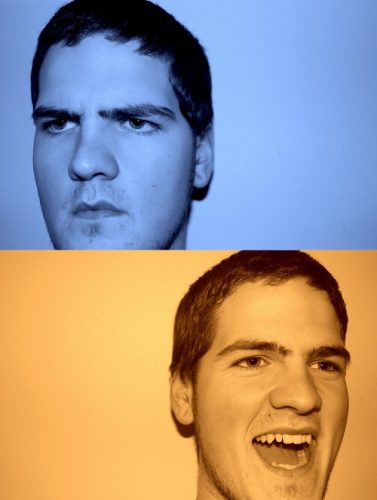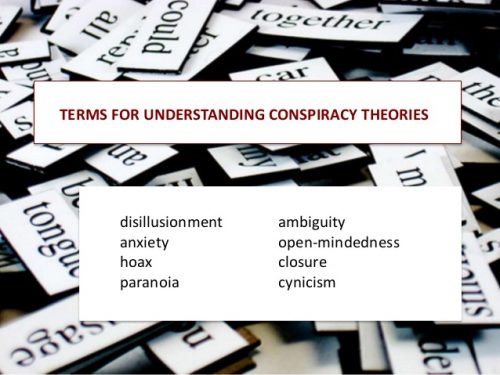[Heroes Of The War]
Some of us will experience a traumatic event at some point in our lives, and this very circumstance may change how we view ourselves, the people around us, and even the world. How long its effect on us will last depends on many factors. Some may be able to cope fast while others much longer.
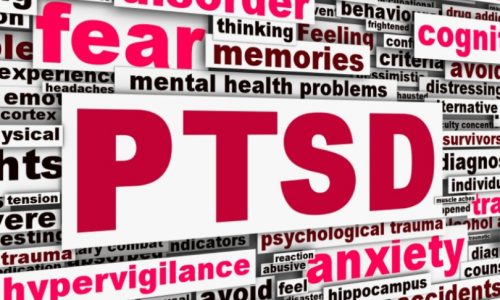
Concealed War Trauma – Shell Shock Or Combat Stress
It is the term the military use for posttraumatic disorder.
English physician Charles Myers first documented “shell shock” in 1915, conceiving that symptoms are due to physical injury and the repeated exposure to concussive blasts caused brain trauma. But his theory was proven not entirely accurate because some veterans who have the same kind of experience never showed any symptoms and others who didn’t have exposure to concussive blasts returned with signs.
Many provided nonphysical explanations on this happening for its pervasiveness. And because of the upsurge of soldiers with similar symptoms during World War II, clinician Abram Kardiner shed light by concluding that these symptoms are from psychological injury.
Only people who have experienced a trauma know how it feels; it’s a unique experience and very difficult to erase from the mind, lasting for years with great emotional intensity. — Ana Nogales, Ph.D.
Heroes Coming Home With PTSD
We may view our soldiers as tough heroes, but even they have this posttraumatic stress disorder, and sometimes the effect on them is even much worse. Veterans that are returning from their military service most often are having a hard time fine-tuning to their new lives outside of the military camp.
The US Department of Veterans Affairs disclosed that approximately 13.8% of veterans who came home from Iraq and Afghanistan suffered from PTSD.

Symptoms In Our Veterans
Signs may not be seen immediately and may occur after a month or a year, but you may notice them feeling a little uncanny, constantly restless or feeling on edge, emotionally numb, and disconnected. They may quiver in fear resulting them to becoming over-vigilant and untrusting to some people. Some may seem alarmed and panicky even with the slightest sensory trigger. They often have nightmares, and would frequently demand to be left alone.
Anger is hard on you mentally and physically, and can lead to impulsive choices you regret, such as violence. If you find it hard to keep your rage in check, you need to reevaluate your methods for dealing with stress. — Samantha Rodman Ph.D.
PTSD To Committing Suicide
When suffering from PTSD, the person’s nervous system (body and mind) gets stuck in shock brought about by the war.
The nervous system has reflexive means of responding to stressful situations.
- Fight or flight. It is the automaticity to defend themselves to survive danger in a combat situation. It’s when the heart beats faster, causing a rise in blood pressure, tightening of the muscles, and increased strength and reaction speed. Once the danger is over and the situation has calmed down, the body also cools down, lowering heart rate and blood pressure, drawing back down to its normal state.
- Immobilization/PTSD. It is when they find themselves stuck, unable to move on from experience, even after the danger has passed. It is brought about by suffering too much stress. They no longer have the ability to get their natural state of balance back.
Veterans suffering from PTSD have a high propensity to committing suicide due to the distressing thoughts and guilt associated with war. Suicide is not always due to character defect, or they have become crazy, but because they have poor control of their impulses since they’ve become trapped in the memories of combat.

Treatments For PTSD
There is a variety of therapies for PTSD.
- CBT – focusing on the memory of the traumatic event, learning skills and understanding of your thoughts and feelings.
- Psychopharmaceuticals – use of medications called SSRIs (selective serotonin reuptake inhibitors) and SNRIs (serotonin-norepinephrine reuptake inhibitors), which are also antidepressants.
- Mindfulness therapy – helps the person pay attention and be more aware of the present experiences.
- EMDR therapy (eye movement desensitization and reprocessing) – focuses on sounds and hand movements as the person talks about the trauma.
- Hypnotherapy – helps identify the trigger for the person to be more in control on how to react to the triggers.
- Creative therapy – art therapies create a safe space as the person process his traumatic experience. It is his channel for words that are hard to verbalize.
- Treatments using low doses of Ecstasy
Be patient and go with what works. — Jor-El Caraballo, LMHC
Studies have shown that patient’s high probability of improvement relies on when they are given the freedom to choose their mode of treatment.
New methods are being developed to treat PTSD, especially for our veterans to guard their well-being far better.
